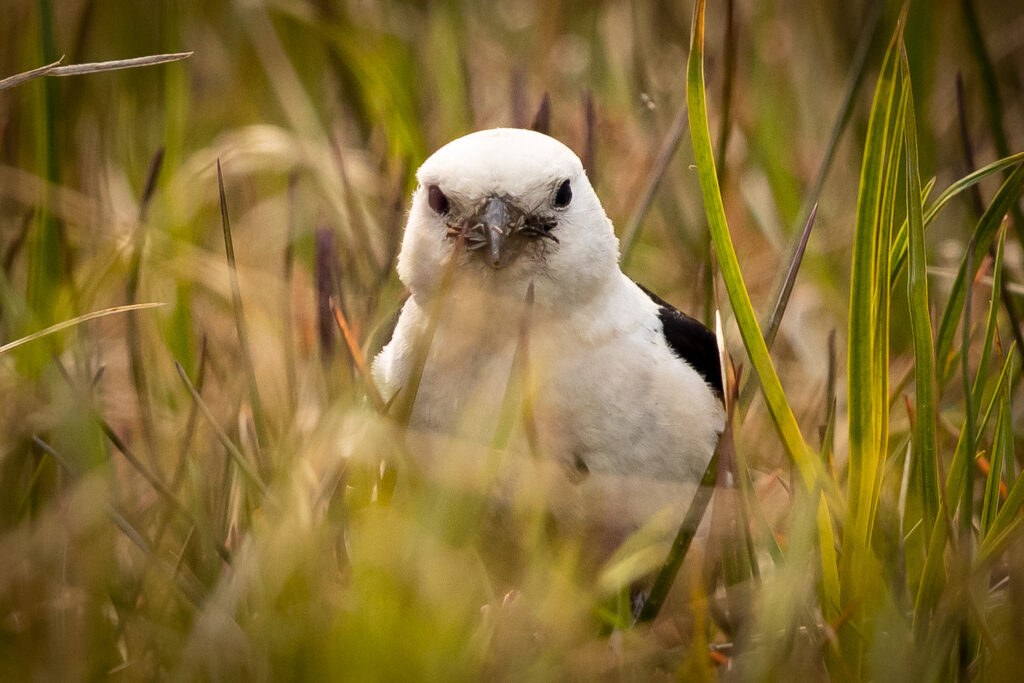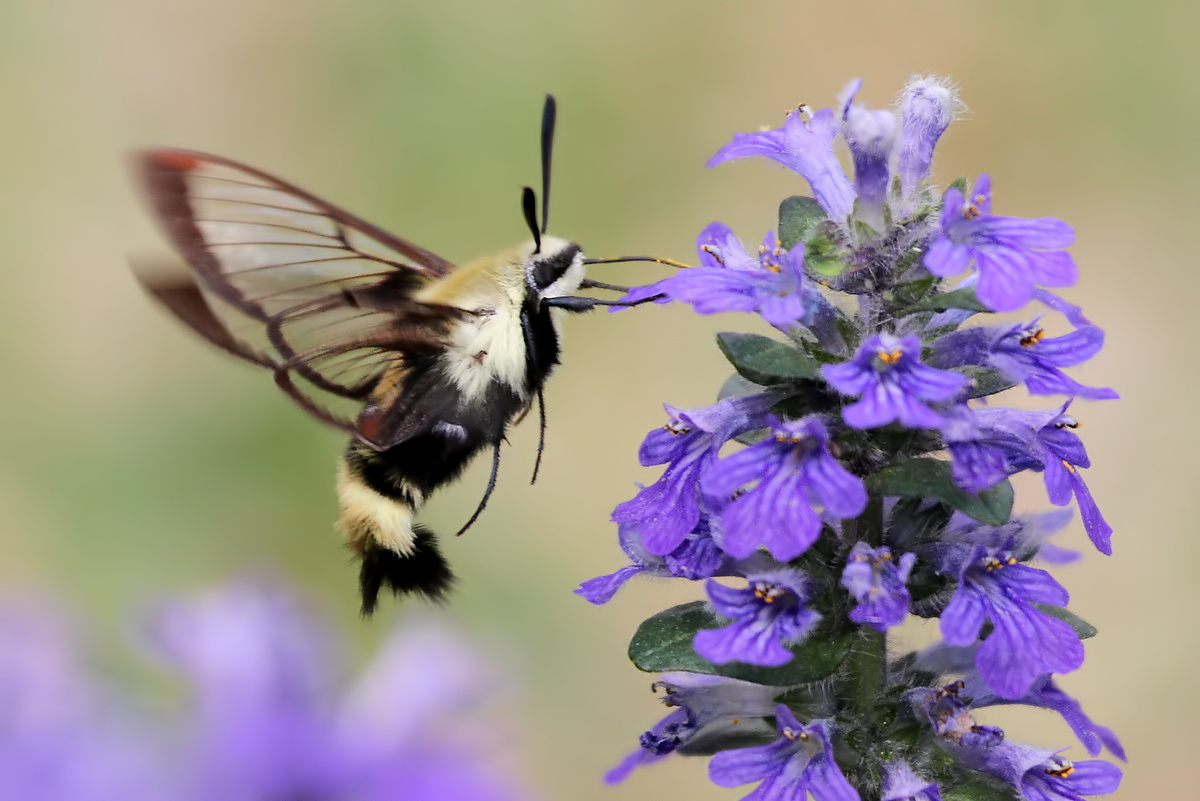To be alive is to consume. From single-celled algae to massive blue whales, every living organism requires food to survive.
But the way we think of food can be beyond the meal itself. Instead of imagining a salad or turkey sandwich, consider food as a vehicle for energy and nutrients. By eating food, we gain energy to live and nutrients to grow.
One way we trace energy and nutrients as they travel through an ecosystem is called a food chain. Knowing more about food chains– what they are, how they work, and why they are important– can influence how we interact with the world around us.
An example food chain begins with grass “eating” sunlight in a process called photosynthesis. Then, an insect eats the grass. Next, a bird eats the insect. Finally, a fox eats the bird.
But life requires more than a single food chain. What if there was a disease among birds and their population plummeted? If foxes only ate birds, they would have a tough time finding enough food. For all wildlife, more sources of food mean a better chance at survival.
Overlapping, interconnected food chains where each animal has a wide “menu” of options make up a food web. The complexity of a food web is what we call, “biodiversity.”
The steps of a food chain are called trophic levels. The first level has the Producers. Producers make their own food, as plants do through photosynthesis. The second level has the Consumers. In our example, an insect was our Primary Consumer because it was the animal that ate the grass. The bird would be our Secondary Consumer because it ate the insect. The fox is the Tertiary Consumer, also known as the apex predator in this instance. It ate something, but nothing ate it.
You may notice that our example food chain, and most others you will see, only involve three or four living organisms. That is because most of the energy stored in food is lost as it travels up the food chain. As we move, breathe, and metabolize food, we burn the energy we get from it.
Only about 10% of the energy gained through food makes it to the next level. In our example, the fox only gained a small fraction of the energy available in the grass. Because energy is lost exponentially, the bottom of the food chain must be substantially larger than the top. Continuing the example, it may take 1-2 square miles of grass to support a single fox as energy is lost traveling through insects and birds.
This means a healthy ecosystem has biodiversity, a broad menu of food options, and plentiful Producers and Primary Consumers, to ensure energy exists for the middle and top of the food chain.
You do not have to look far to see an ecosystem. There is one in your yard, neighborhood, and city park. Flowers grow in sunny spots. Butterflies feed upon the nectar in the flowers. And birds feed butterfly caterpillars to their chicks.
If you would like to grow a biodiverse food web in your yard or garden, Red-tail Land Conservancy can help you get started with our signature program, Growing Home™. A committee of gardening experts will visit with you to provide mentorship. And, there is a downloadable guide on how to transform your space into a pocket nature preserve. You can find more information on growing wildlife a home on Red-tail’s website by clicking here.
It could be said that we have removed ourselves from the food web. It would have to be a determined, possibly deranged, bird who eyes us as dinner. But humans are Consumers too, much like insects, birds, and foxes. We are inextricably connected with the ever-moving energy and nutrients that flow through nature, traced and measured through food chains.
Photo of Snow Bunting. Credit USFWS
Kelley V. Phillips is the Communications & Outreach Manager for Red-tail Land Conservancy. She strives to cultivate wonder in nature and action to protect it.




